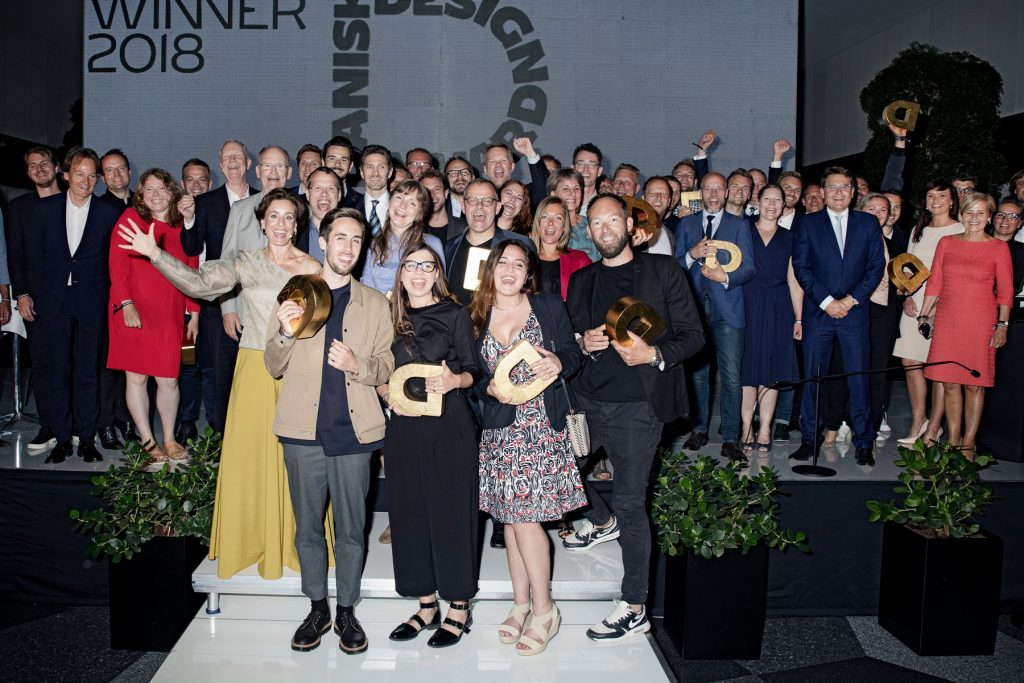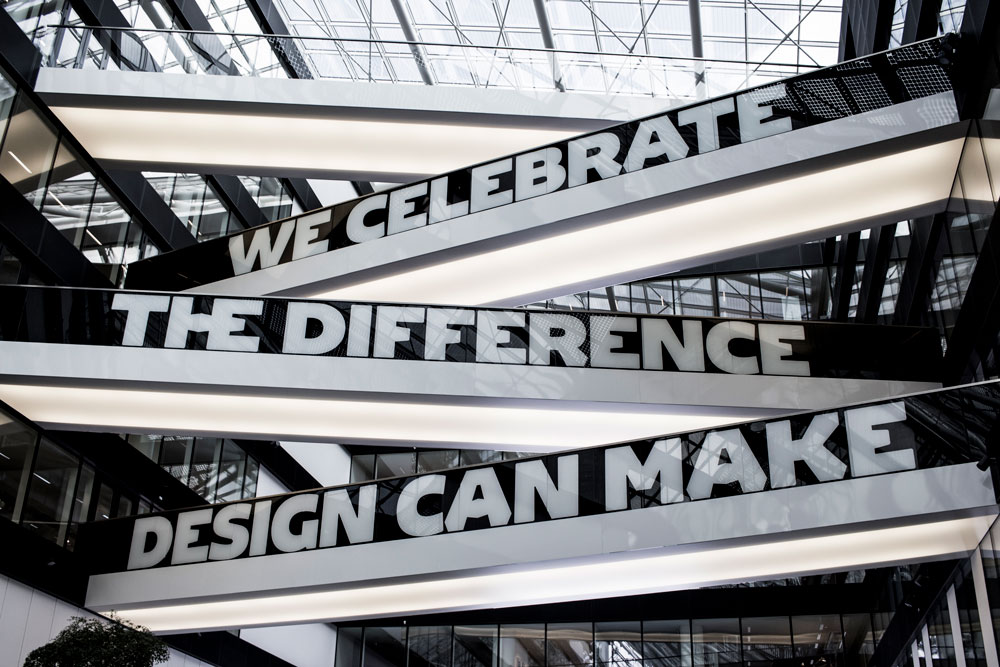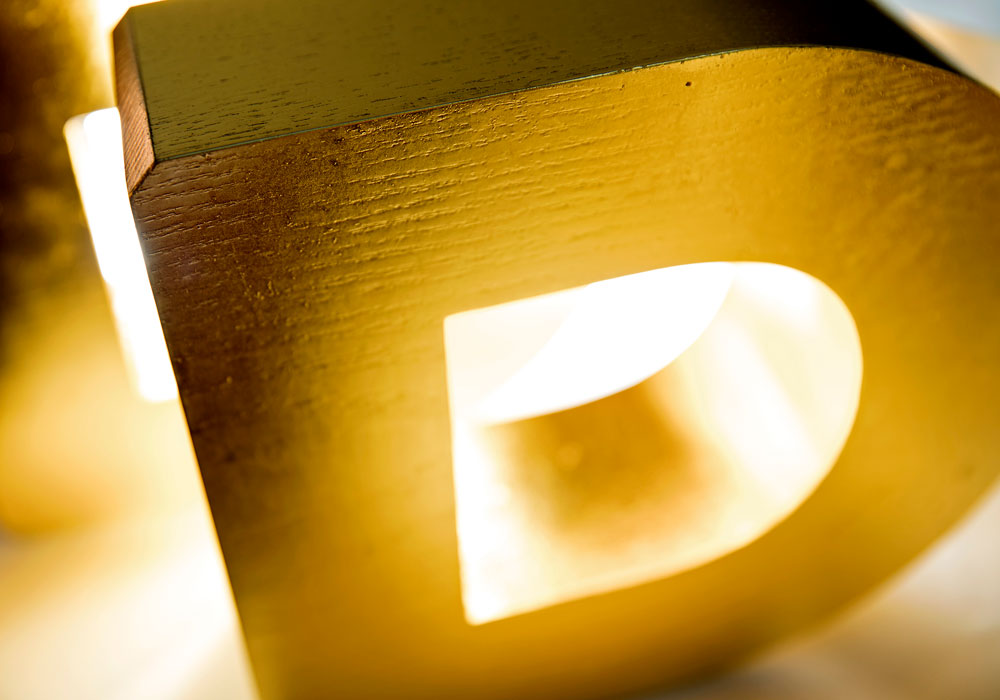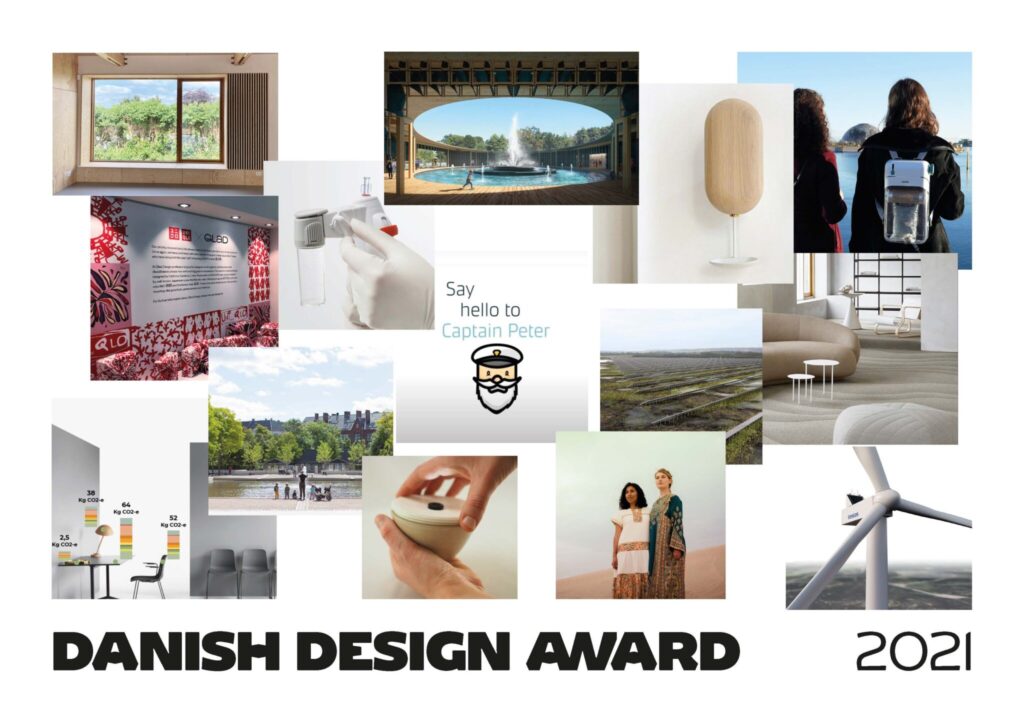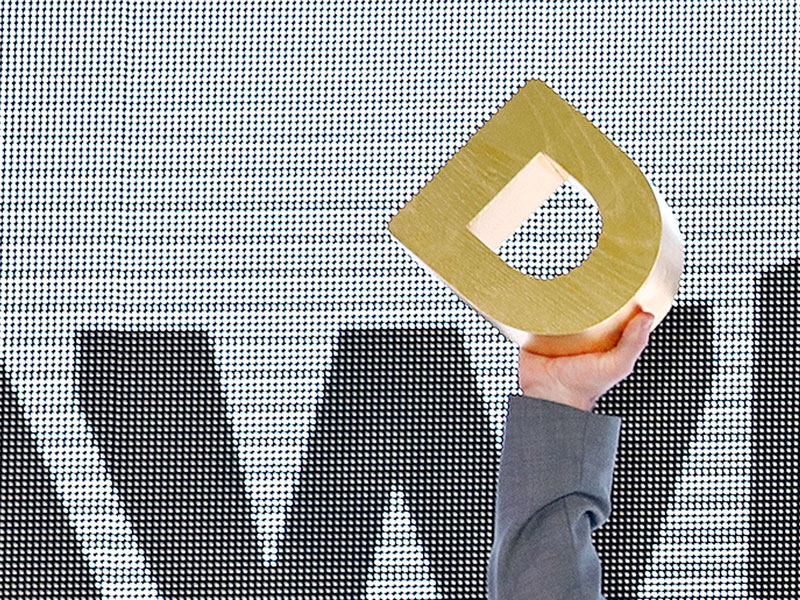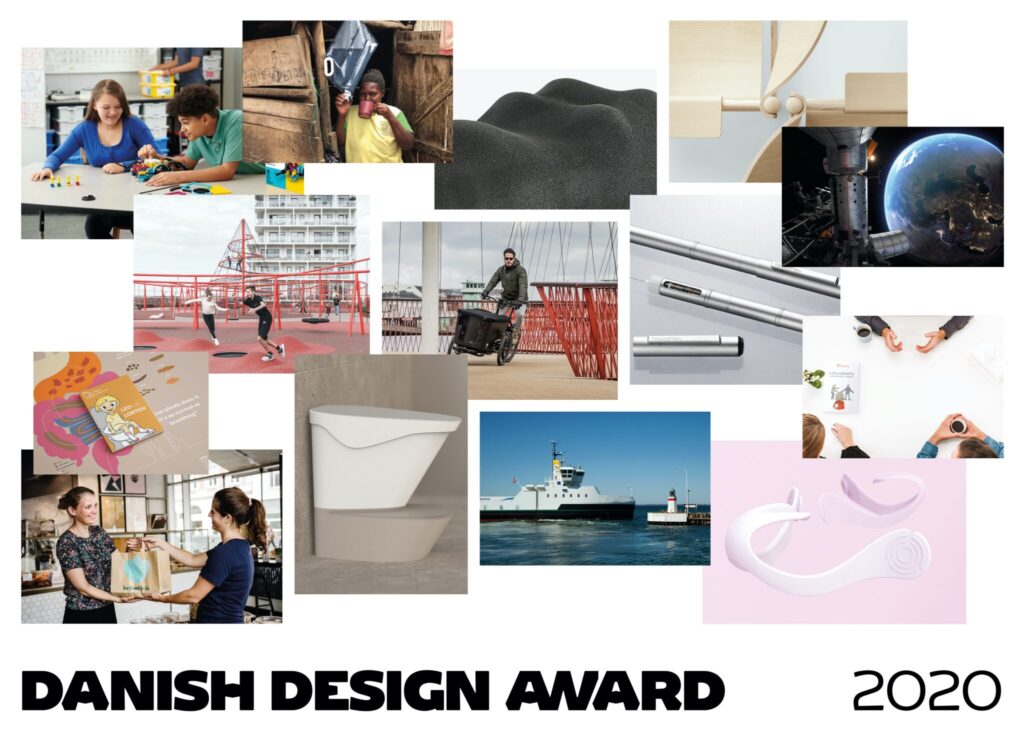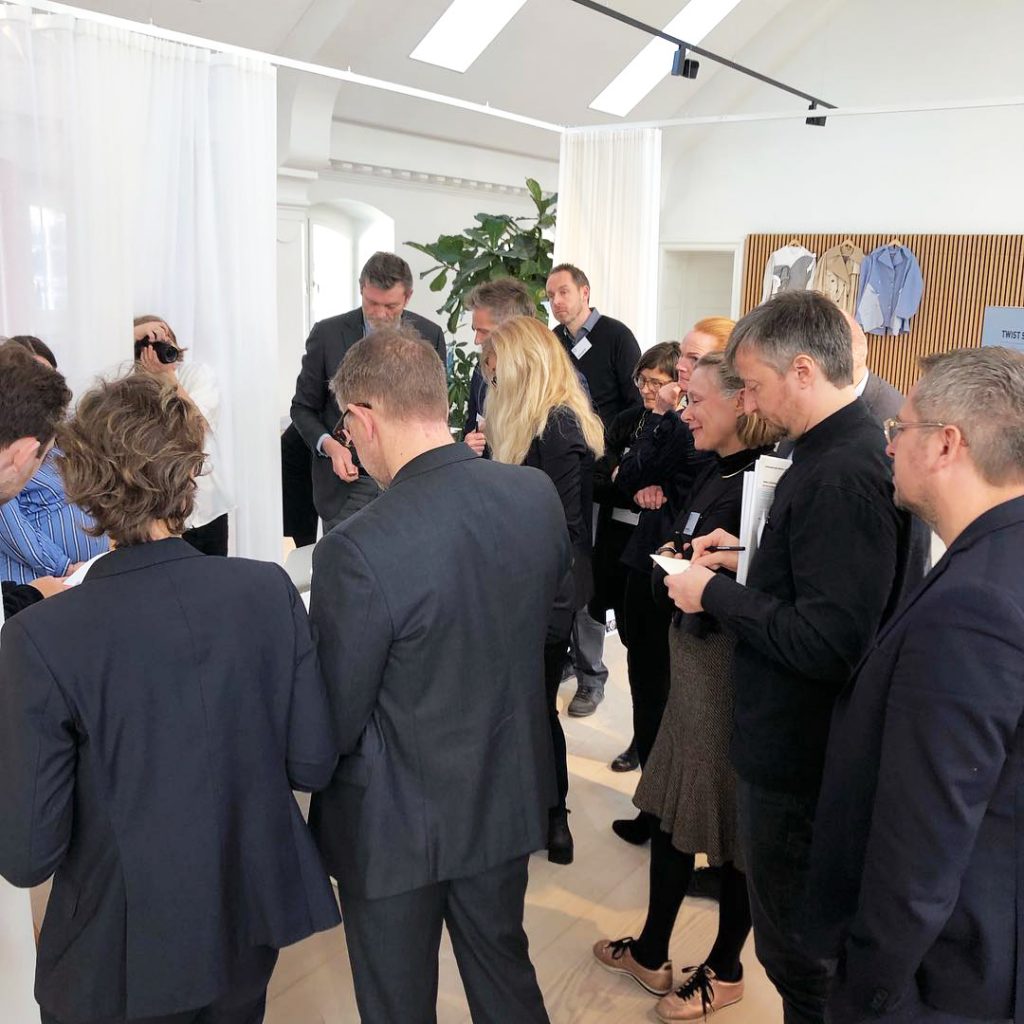
By Christina Melander, head of Danish Design Award
Every year the jury selects the finalists and winners for the Danish Design Award. The jury consists of 16 members, all of whom are leading experts in Danish and international design, innovation, technology, engineering, user needs, strategy, materials, digitisation, business and much more.
Shortlisting: many become fewer
Shortlisting the many submitted solutions is a big task. Hence, at this point in the process, the entire jury is not to review all the submitted solutions. The jury is divided into groups of three people. Each group is assigned a number of categories. Some are only assigned one category, others up to three categories; it depends on the number of solutions submitted in each category. The jury is responsible for shortlisting in categories where we in the team assess that the individual jury members have expertise. In addition, we make sure to ensure a balance of design and business. The shortlisting process takes place online.
The solutions that are shortlisted by the jury members, that is, which receive the most points on average in their category, are carried forward to the actual jury meeting, where the finalists and winners are selected. The extraordinarily high number of submissions this year is, in principle, no guarantee for higher quality. But I believe that I speak on behalf of the jury and the award team when I say that the quality this year has been very high. Of course, this also means that some really good design solutions were not carried forward to the jury meeting.
Finalists: fewer become few
The jury meeting takes place over two full days. This year, like last year, the jury meeting took place in the unique setting of Fredericia Furniture in Købmagergade in the heart of Copenhagen. Our partnership with Fredericia Furniture is of great importance for keeping the development and operation of the Danish Design Award economically sustainable.
The two jury days are intense and busy. Therefore, we have a jury manager whose most important task is to facilitate the meeting and to ensure that we stay on schedule while still having sufficient time to discuss all the solutions. It is also the task of the jury manager to preserve the right tone of voice. In the case of the Danish Design Award this means that we only speak in positive terms. In principle, if there is nothing good to say about a solution, nothing should be said.
Each jury member is assigned a category prior to the jury meeting and the responsibility to present the shortlisted design solutions to the other jurors. On the first day of the jury meeting, all the solutions are reviewed, one category at a time. While a jury member presents a category, the entire jury stands up surrounded by the shortlisted solutions, which are present in the form of physical objects, pictures or descriptions on boards, possibly accompanied by videos of a maximum duration of 40 seconds. After the initial presentation the solutions are discussed and advocated within the framework of, ‘This is why this solution is worthy of a Danish Design Award.’ After the discussion, all the jury members vote individually and anonymously. The jury can vote for four of the solutions within a given category.
The Danish Design Award 2021 finalists are announced here on November 8, at 12:00.
Winners: one among the few and best in a category
On the second day of the jury meeting, the jury concentrates on the finalists, that is, the solutions they selected on the first day of the meeting. At this point, it is still possible to argue that solutions should be reintroduced into the field of finalists, while other solutions should be taken out. On the whole, however, the main focus is on voting to pick the winners among the finalists that were selected the day before. The finalists are presented again and discussed in very specific terms in relation to the given category. For example, in the category of Outstanding Service: ‘How does this qualify as Outstanding Service?’ Naturally, the assessment should also consider the general award criteria: design quality, contextual fit, economic impact and innovation height.
A key premise for the jury’s work is that the jury is to debate, present arguments and then vote. The jury does not necessarily have to reach to an agreement. It is a democratic process, based on a majority decision. As on the first day of the jury meeting, the jury votes again, this time among the finalists and, again, anonymously. The design solution that gets the most votes is the winner of the category. However, the result of the secret ballot is not revealed to the jury. Like everyone else, the jury members have to arm themselves with patience for the award show in May.
Jury chairman
The jury chairman, together with the jury manager, can resolve any issues regarding conflicts of interest. The jury chairman can also speak on behalf of the jury and lead the discussion about what signals and messages the jury should convey to the world.
A suggestion for future submitters
The Danish Design Award celebrates the difference that design can make. The differences can take many forms, as reflected in our categories: from Game Changer and Better Work to Liveable Cities, Healthy Life and Outstanding Service. Over the past two years, we have been working on clarifying both the category descriptions and the assessment criteria in an effort to communicate more clearly what to consider and highlight when submitting a solution.
It is our job and responsibility to make it as easy and simple as possible to submit design solutions for the Danish Design Award. At the same time, however, I would like to encourage participants to provide even better descriptions of the submitted solutions. As the Danish Design Award is an effect award, it is important that entries include documentation of the difference the solution makes and/or the effect on, for example, a healthier life for people in the Healthy Life category, significant service improvements in Outstanding Service or resource savings or optimization in Save Resources.
The better the descriptions, the more likely it is that the jury understands the uniqueness of the design solution and brings it forward to be among the finalists and, ultimately, the winners. The best descriptions are rarely the longest. That is important to emphasize. The submission process should not be so demanding or time-consuming that it becomes a barrier that keeps companies and designers from submitting amazing design solutions for the Danish Design Award.
